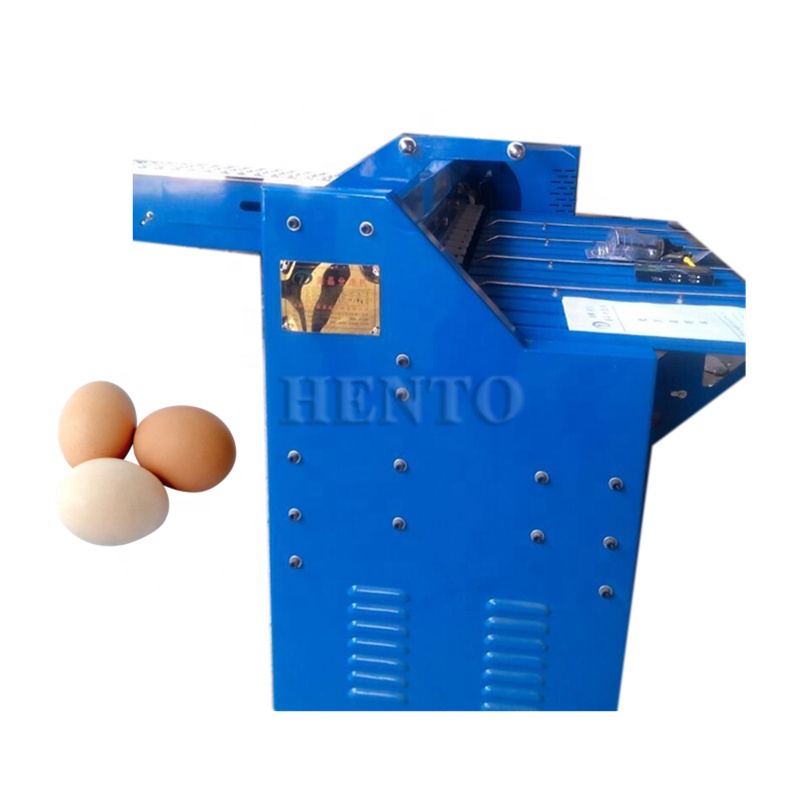fish feed pelleting machine
Dec . 03, 2024 13:15 Back to list
fish feed pelleting machine
Understanding Fish Feed Pelleting Machines Enhancing Aquaculture Efficiency
The aquaculture industry has seen remarkable growth over the past few decades. With the rising global demand for fish and other aquatic products, the need for efficient and high-quality feed has never been more critical. One of the essential components in this industry is the fish feed pelleting machine. This machine plays a pivotal role in the production of fish feed, providing a range of benefits that enhance the efficiency and sustainability of aquaculture operations.
What is a Fish Feed Pelleting Machine?
A fish feed pelleting machine is a specialized piece of equipment designed to convert raw feed ingredients into pelleted fish feed. The process involves grinding raw materials, mixing them in precise ratios, and then compressing the mixture into pellets through a die. These pellets are then dried and cooled before packaging. This method of feed production not only improves the digestibility of the feed but also enhances the stability of the feed in water, reducing waste and promoting better health among fish stocks.
Key Benefits of Using Pelleted Fish Feed
1. Improved Nutritional Quality Pelleting retains the nutritional value of the feed ingredients, ensuring that fish receive essential proteins, fats, vitamins, and minerals. The controlled cooking process involved in pelleting also destroys harmful pathogens and anti-nutritional factors, leading to healthier fish.
2. Enhanced Feed Efficiency Pelleted feed reduces feed waste significantly. Fish tend to consume pellets more readily than loose feed ingredients, resulting in higher feed conversion ratios (FCR). This efficiency translates to lower feeding costs and better growth rates in fish.
3. Water Stability Pellets are designed to remain stable in water for an extended period, which minimizes nutrient leaching into the water. This stability not only ensures that fish receive sufficient nutrients but also reduces the environmental impact of uneaten feed, contributing to cleaner aquaculture practices.
4. Customization Fish feed pelleting machines can allow for the formulation of custom feeds tailored to specific fish species and their nutritional needs. By adjusting the ingredients, pellet size, and density, aquaculture producers can create specialized diets that foster optimal growth and health.
fish feed pelleting machine

5. Reduction of Feed Dust One of the common problems in aquaculture feed production is the generation of dust. Dust particles can lead to poor pellet quality and create challenges in automatic feeding systems. Pelleted feed minimizes this issue, ensuring that the feed remains consistent and high-quality from production to delivery.
Choosing the Right Pelleting Machine
When selecting a fish feed pelleting machine, several factors should be taken into account
- Capacity Depending on the scale of your aquaculture operation, the capacity of the machine is crucial. Larger operations may require high-capacity machines to meet production demands efficiently.
- Type of Pelleting Technology Machines differ in their pelleting technology. Some common types include flat die and ring die pellet mills, each having its own advantages. Flat die mills are often more suited for smaller operations, while ring die mills are preferred for larger scale production due to their efficiency and output rates.
- Energy Efficiency As energy costs represent a significant portion of production expenses, it is important to choose a machine that offers energy-efficient solutions without compromising performance.
- Ease of Maintenance Regular maintenance is essential for keeping pelleting machines in optimal working condition. Machines that are easy to disassemble and clean will reduce downtime and increase longevity.
Conclusion
The fish feed pelleting machine is an invaluable asset within the aquaculture industry, directly contributing to the quality and efficiency of fish production. By transforming raw ingredients into high-quality pellets, these machines support the health of fish stocks, reduce waste in feeding practices, and cater to the growing demand for sustainable aquaculture solutions. As the industry evolves, the continued development and adoption of advanced pelleting technology will be crucial in addressing the needs of fish farmers and ensuring food security for future generations. By prioritizing innovation in feed production, aquaculture can thrive sustainably and responsibly, meeting the nutritional demands of a growing global population.
-
Automatic Feeding Line System-Pan Feeder Nipple Drinker|Anping County Yize Metal Products Co., Ltd.
NewsJul.29,2025
-
Hot Sale 24 & 18 Door Rabbit Cages - Premium Breeding Solutions
NewsJul.25,2025
-
Automatic Feeding Line System Pan Feeder Nipple Drinker - Anping County Yize Metal Products Co., Ltd.
NewsJul.21,2025
-
Automatic Feeding Line System Pan Feeder Nipple Drinker - Anping County Yize Metal Products Co., Ltd.
NewsJul.21,2025
-
Automatic Feeding Line System - Anping Yize | Precision & Nipple
NewsJul.21,2025
-
Automatic Feeding Line System - Anping Yize | Precision & Nipple
NewsJul.21,2025






